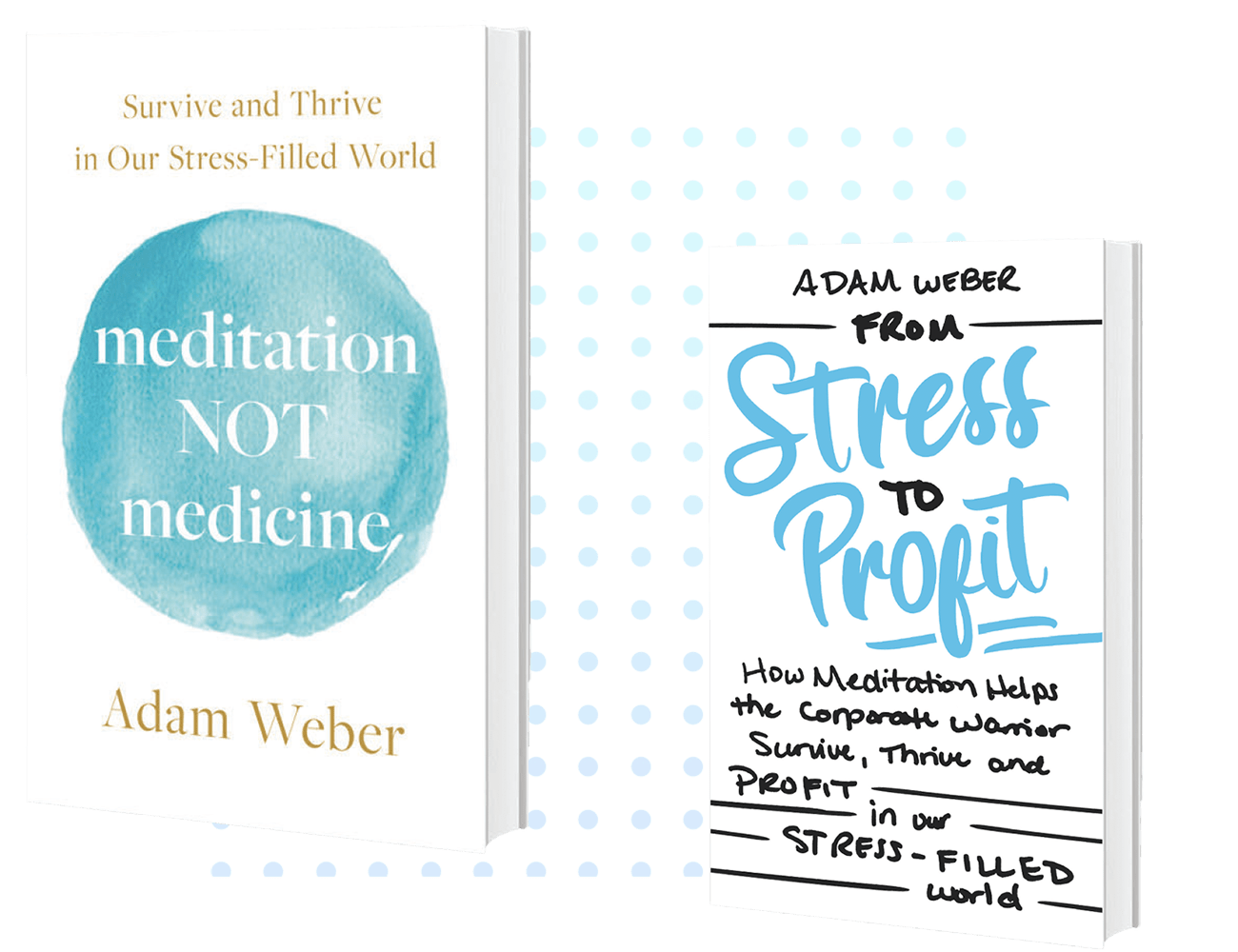Workplace stress is preventable, and identifying potential sources of stress and stress reduction solutions to employees in an organization is the first step in addressing them. Effective interventions for reducing workplace stress can be classified as primary, secondary, and tertiary.
Primary interventions involve proactive measures to prevent stress by removing or reducing potential stressors. This level of intervention focuses on the sources of physical and psychosocial stress in the workplace.
Examples of primary interventions for workplace stress reduction include:
- Redesigning the work environment
- Providing breaks for employees
- Increasing employee participation in decision-making and work planning
- Increasing time and resources for completing specific job tasks
- Matching job description with employee skills and qualifications
- Creating clear promotion and reward pathways
- Eliminating physical hazards
- Substituting with safer equipment and technology
- Establishing control measures to reduce worker’s exposure to occupational hazards
- Promoting the use of personal protective equipment
Secondary interventions are corrective and focus on altering the ways workers perceive and respond to stressors. These interventions aim at improving workers’ ability to cope with stress and detect stress-induced symptoms early.
Examples of secondary interventions for workplace stress reduction include:
- Training and education of employees
- Cognitive-behavioral therapy training for workers
- Routine health surveillance – screening for high blood pressure and stress symptoms
Tertiary interventions are forms of control at the level of the illness. These are initiated for workers already experiencing stress. Tertiary interventions involve treatment, compensation plans, rehabilitation programs, and return to work programs for affected workers. Tertiary interventions include:
- Providing medical care and employee assistance programs to affected workers
- Return-to-work plans, including modification and redesign of work
Workplace stress is a silent and often neglected factor that impairs employee health and productivity. It affects the workers and contributes significantly to a decline in a company’s success. Employers should begin to tackle this problematic concern to create a healthier, safer, and more productive work atmosphere.
Do you want to learn more about reducing your stress?
In this episode, Adam and Dr. Robyn Tiger discuss how medicine is not the only way to manage stress. They also talk about what’s wrong with the chemical approach to stress, and why it’s important for people to find other ways to manage their stress.
Dr. Robyn Tiger has many great tips on how people can address their stress through meditation, yoga and holistic approaches.
If you’re interested in learning more about meditation, listen to this podcast today! You’ll be glad you did!


